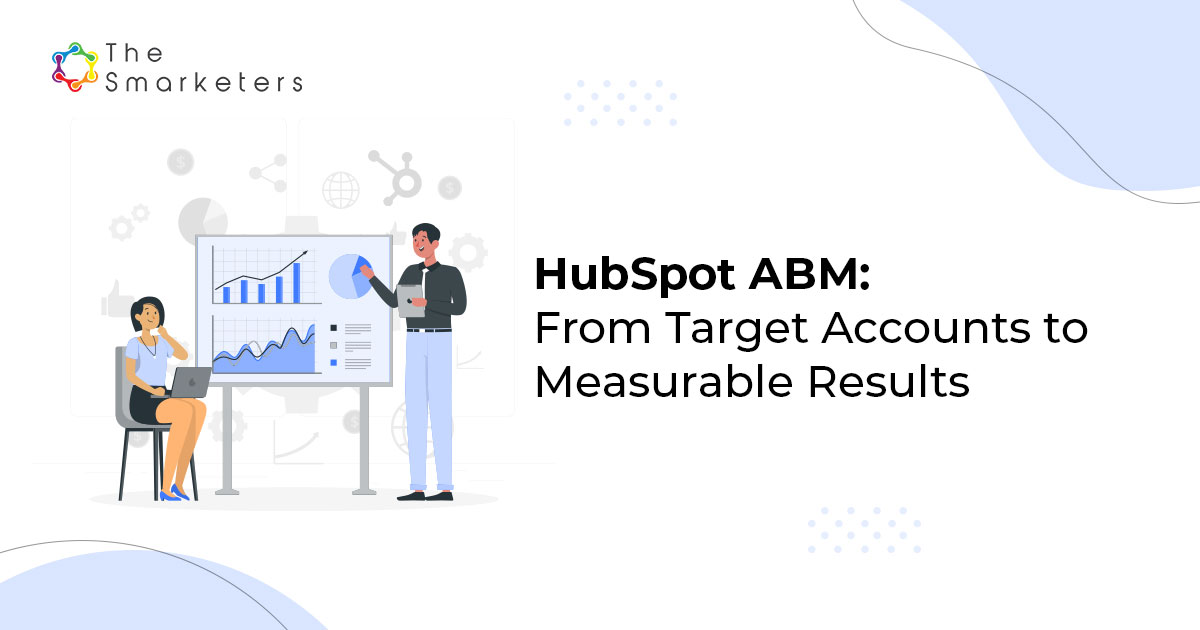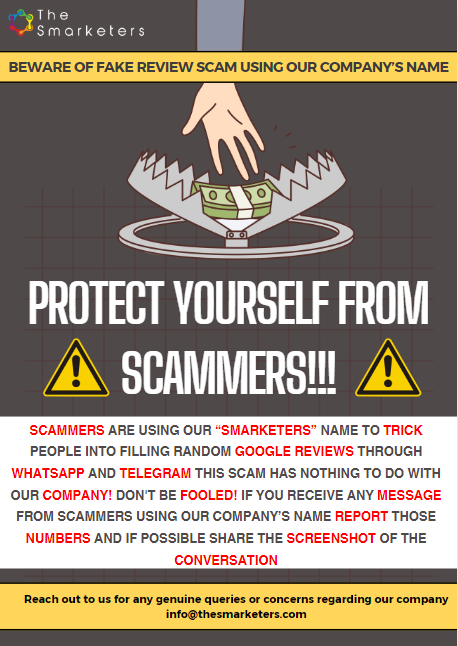
Spend 10 minutes answering questions about your company’s growth strategy to get your grade plus a custom-built growth plan to help you improve it.
The Smarketers, LLP.
3rd floor, Sreshta Marvel,
Sy.No.136, Kondapur Main Road, Gachibowli, Hyderabad, Telangana 500032
AI in Marketing – Transforming the Future of B2B Marketing [In-Person Event - Hyderabad]
